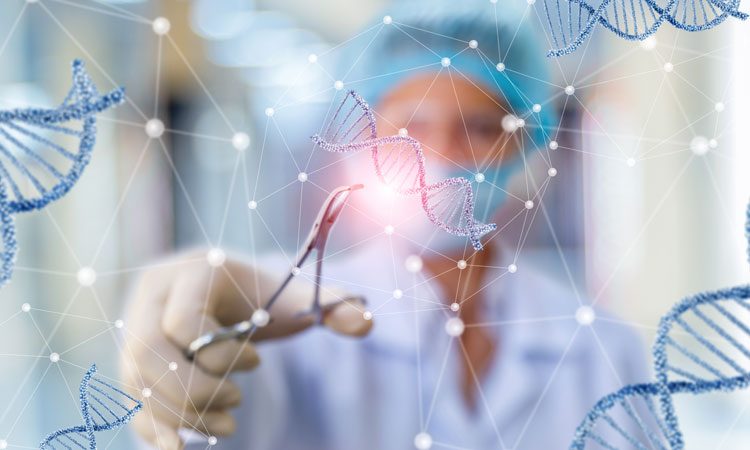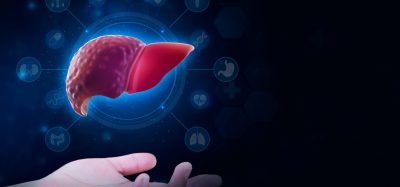Gene therapy for DMD safely preserves muscle function
Posted: 8 October 2019 | Rachael Harper (Drug Target Review) | No comments yet
Gene therapy for the treatment of Duchenne muscular dystrophy has safely stopped the muscle deterioration associated with the disease.


A gene therapy developed to treat Duchenne muscular dystrophy (DMD) has safely stopped the severe muscle deterioration associated with the disease in both small and large animal models.
This is according to a first-of-its-kind study from Penn Medicine, US researchers which could lead to a safe and effective gene therapy that uses a ‘substitute’ protein without triggering immune responses known to hinder other therapeutic approaches.
With their modified gene therapy approach, the research team engineered adeno-associated virus (AAV) vectors to deliver a ‘substitute’ protein for dystrophin in animal DMD models to keep the muscles intact. The synthetic substitute, based on a protein called utrophin, proved to be an effective and safe alternative, as it protected muscle in mice and dogs with naturally occurring DMD-like mutations, including a large deletion that closely mirrors the large dystrophin deletions found in humans.
“For the first time, we’ve shown how a carefully constructed version of a dystrophin-related protein can safely prevent the breakdown of muscle and maintain its function over time in the most informative animal models. This discovery has important implications for gene therapy and how we work towards safe and effective treatments for muscular dystrophy,” said senior author Hansell H Stedman, MD, an associate professor of Surgery.
With these results, we have a strong rationale to move this forward into human clinical trials.”
This is the first large animal study to show utrophin’s effectiveness as well as its non-immunogenic response. Taken together, the researchers said, these findings may refocus the field toward the use of a functionally optimised, safe utrophin-based gene therapy approach as the pathway to a potential cure for DMD.
To create Penn’s synthetic version, a team of researchers first turned to evolutionary biology to better understand dystrophin’s origin and how it was assembled, looking back and reconstructing genetic events throughout history. Ongoing studies would reveal more about the protein’s makeup, the strength of its rod structure and its deletions, among other important characteristics, to inform future development.
“We have gained a lot of insight from that approach,” Stedman said. “One of the things that we hope to do during clinical development is to leverage that insight to make ever better therapies, the strongest possible versions of ‘nanotrophin’.”
The study was published in Nature Medicine.
Related topics
Gene Therapy, Genome Editing, Protein, Research & Development
Related conditions
Duchenne muscular dystrophy (DMD)
Related organisations
Penn Medicine
Related people
Hansell H Stedman MD








